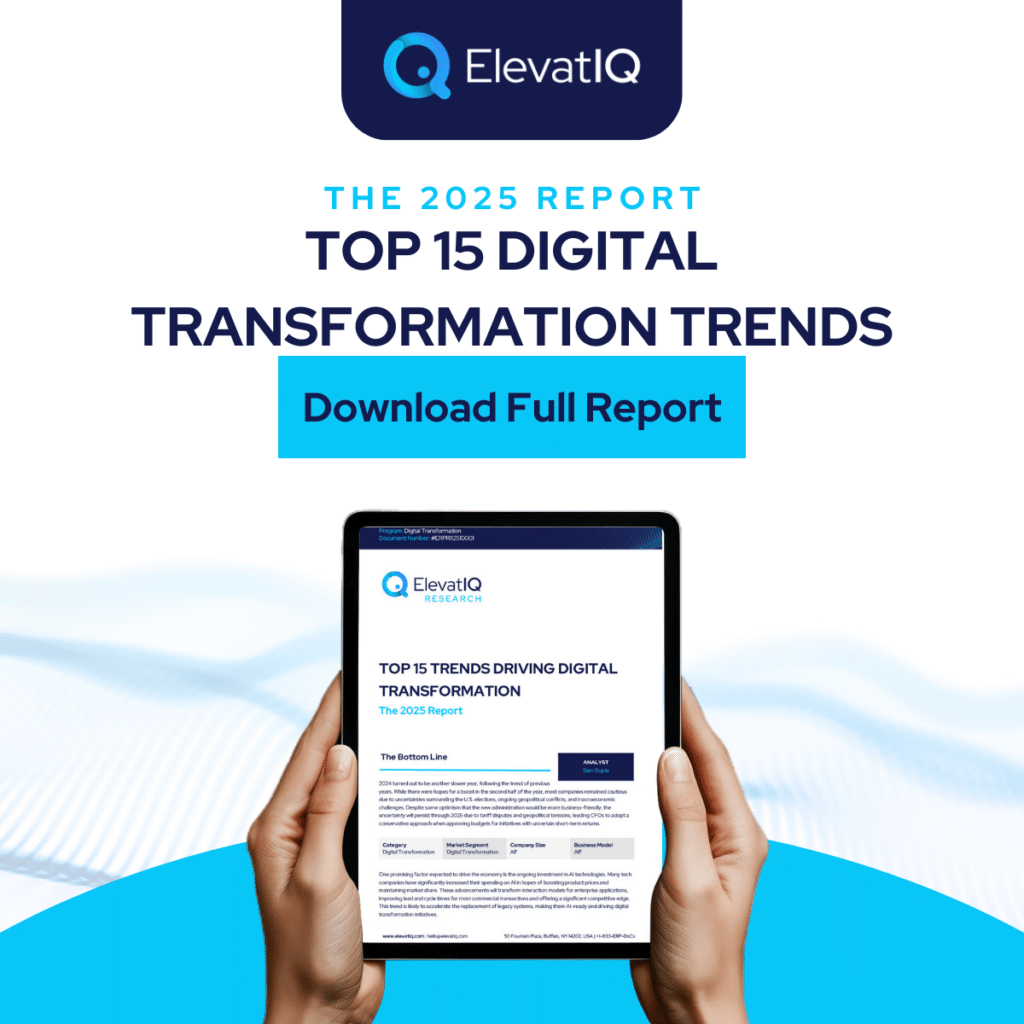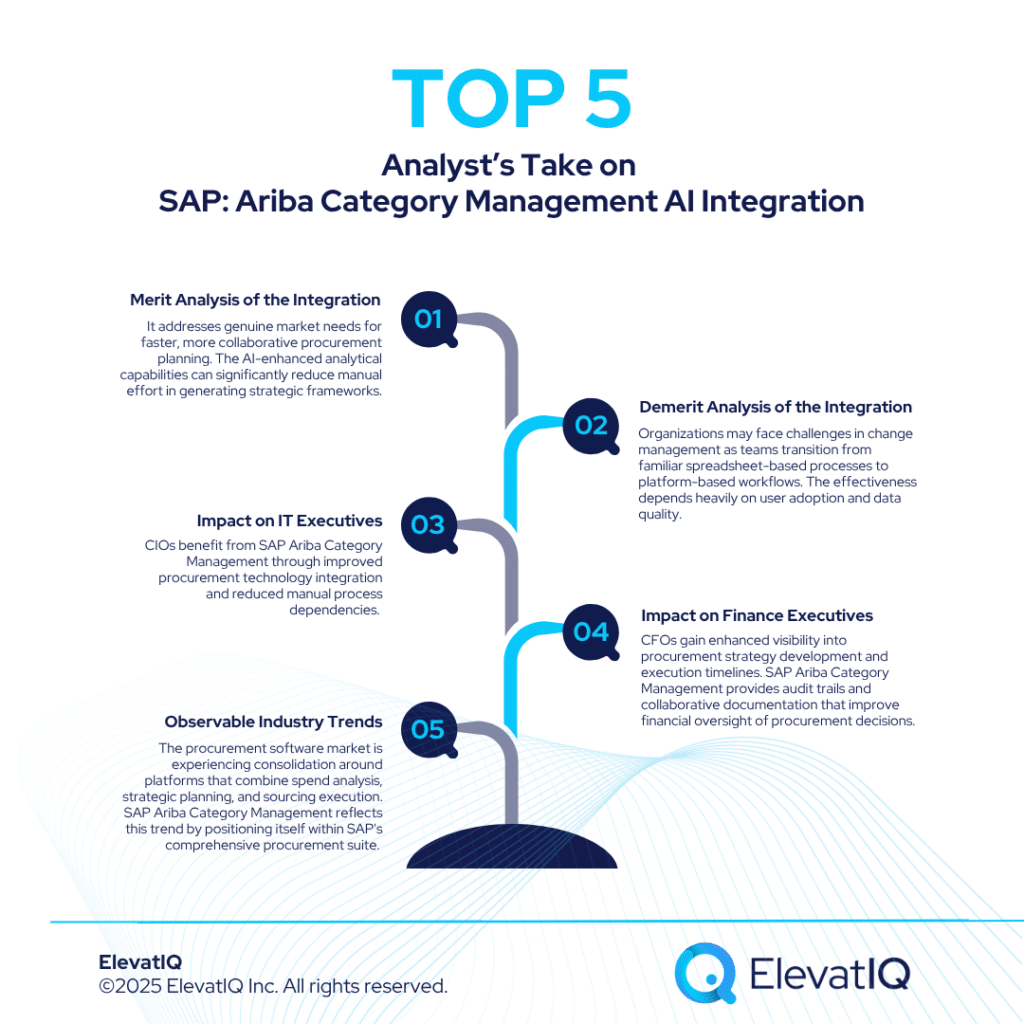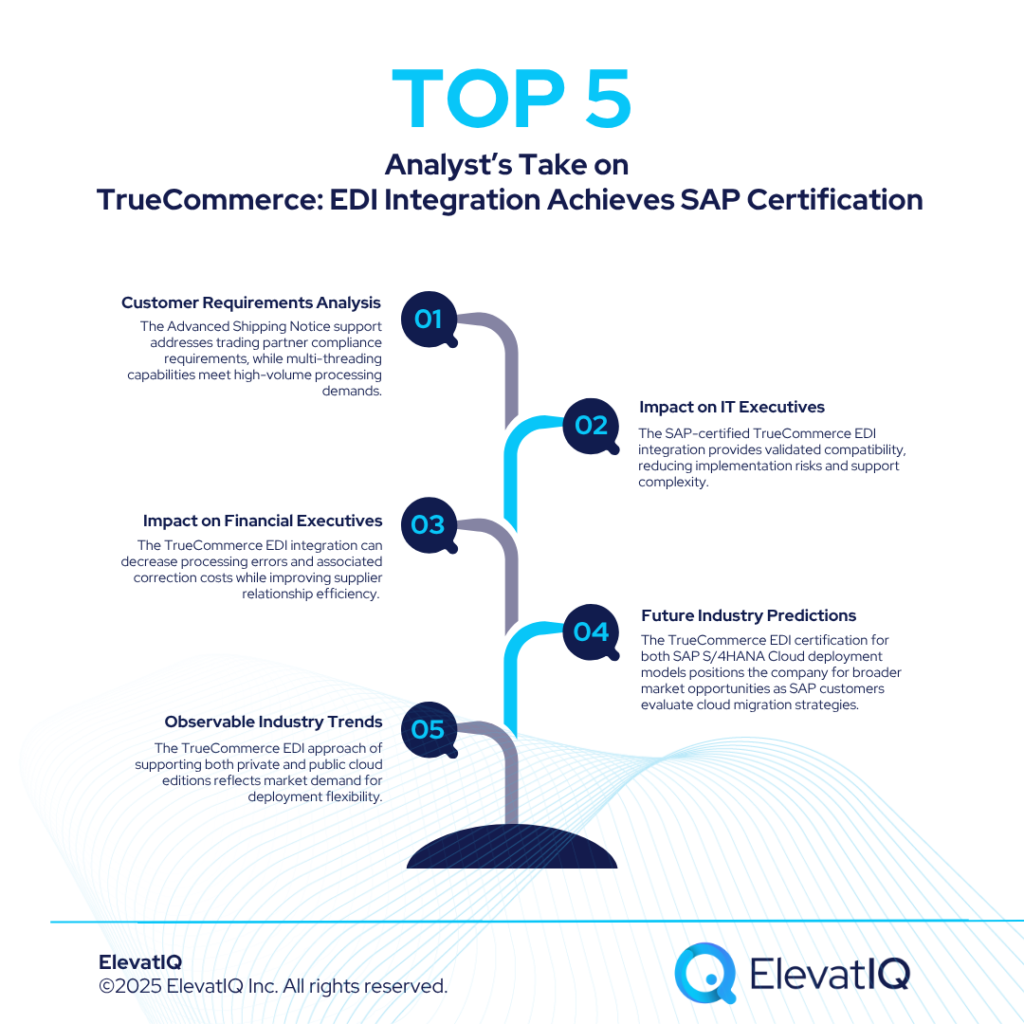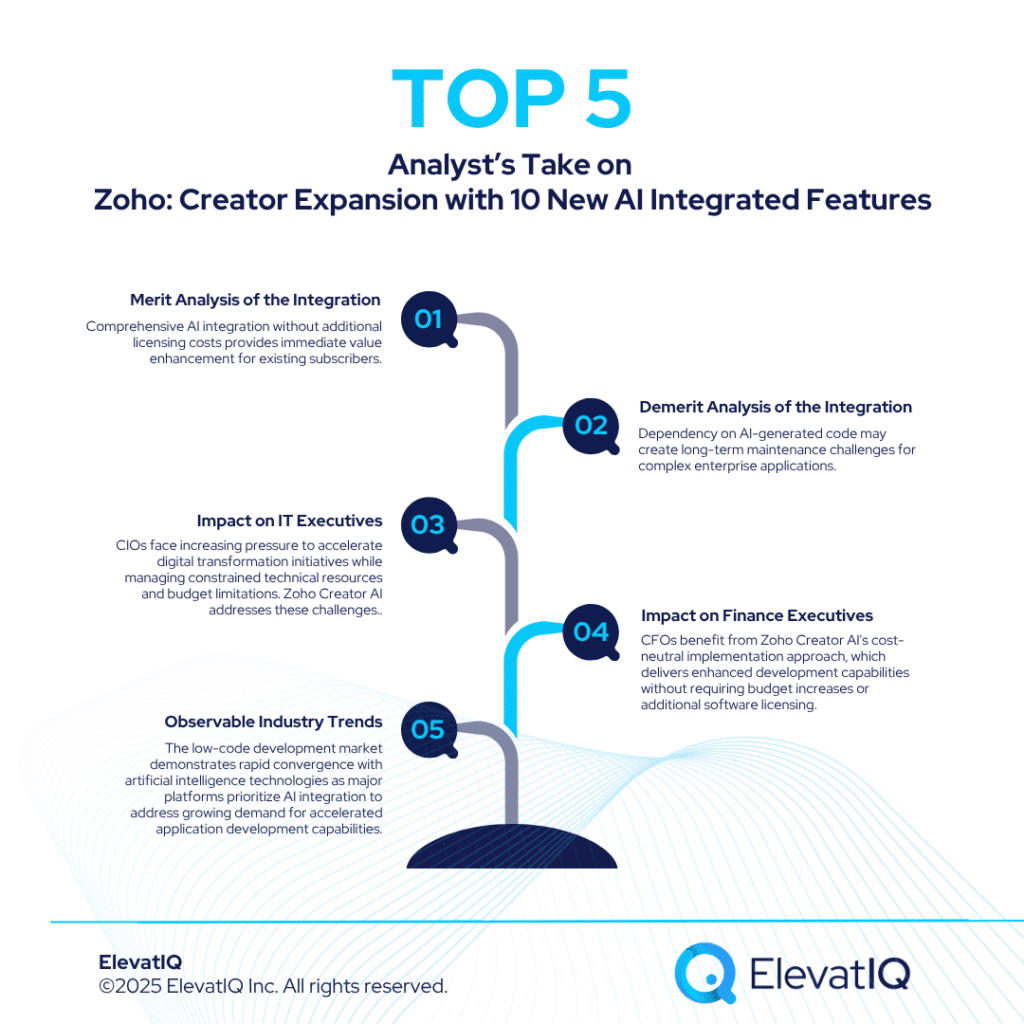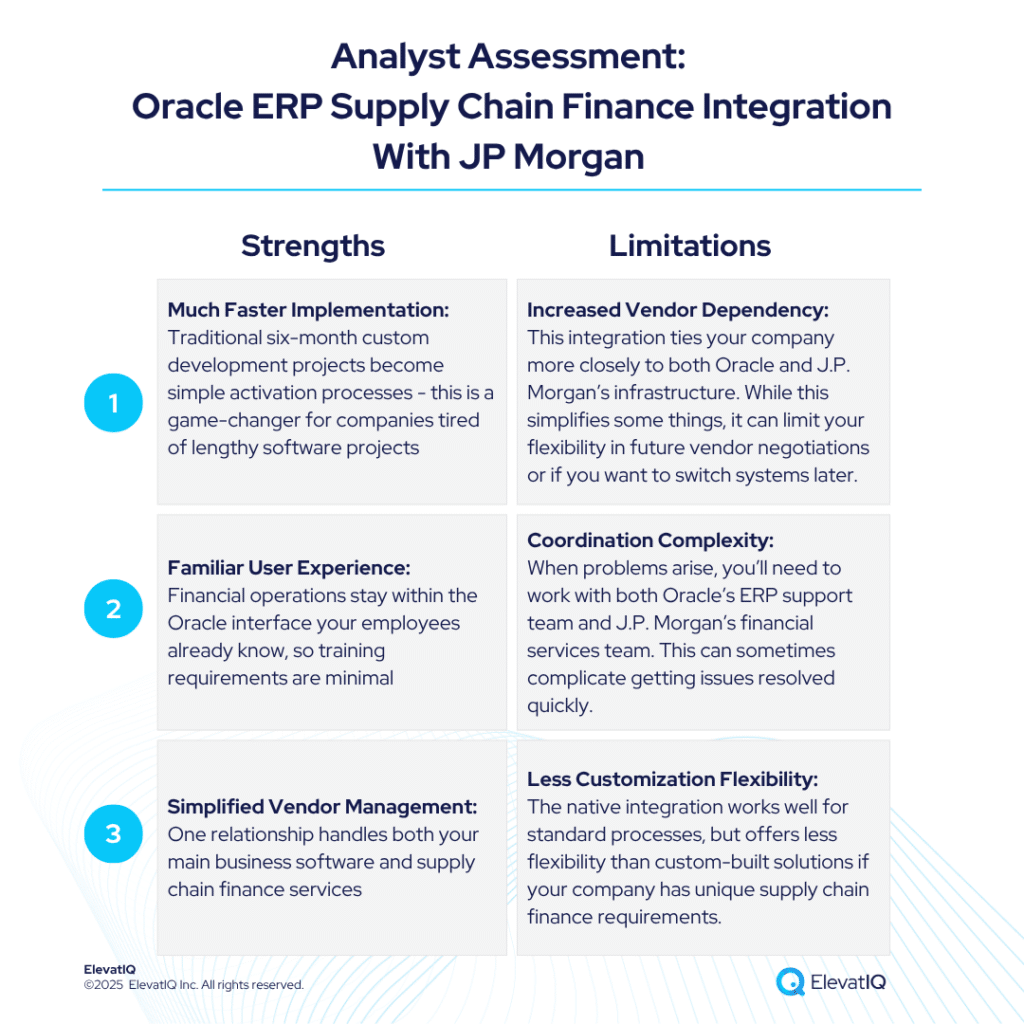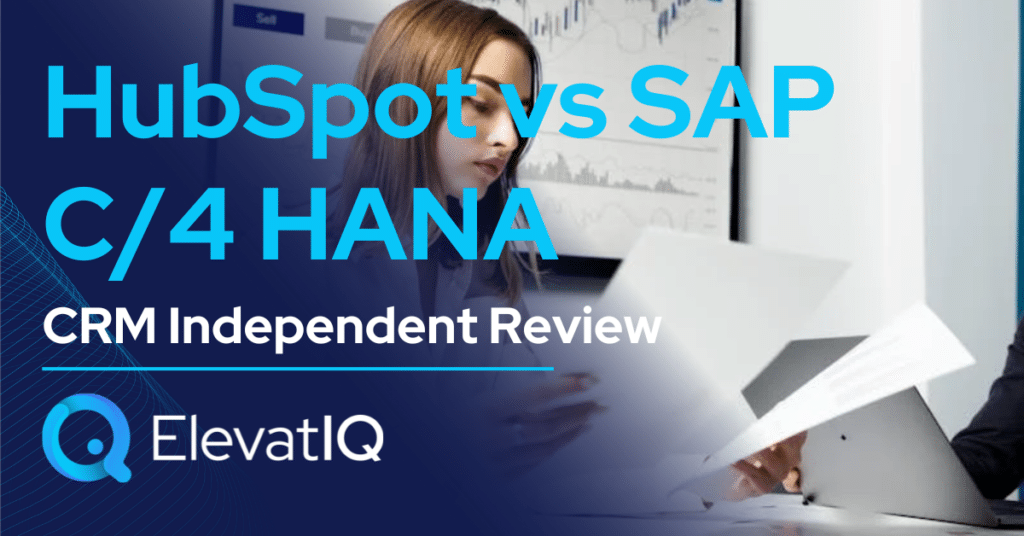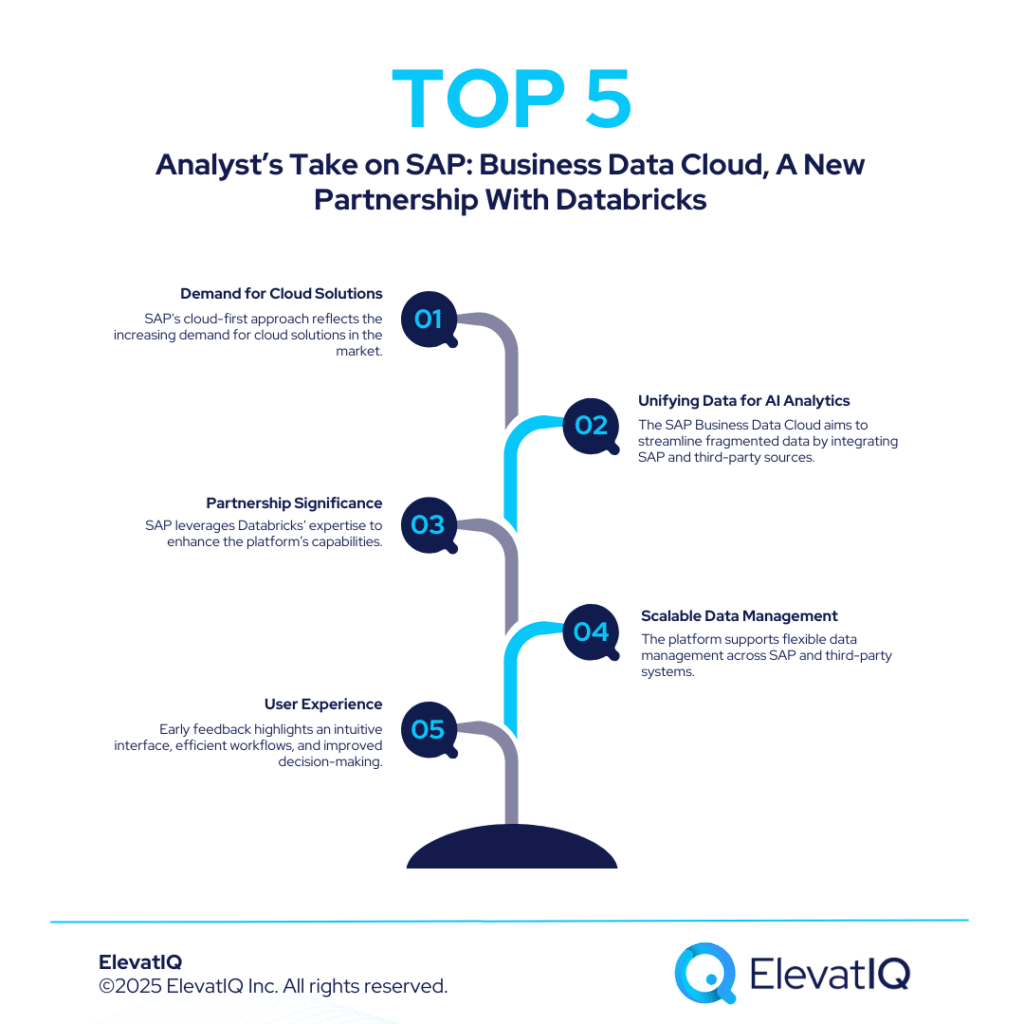SAP has outlined how SAP Ariba Category Management transforms procurement planning from traditional spreadsheet-based processes to AI-enhanced strategic operations. The announcement, part of SAP’s “triple crown of strategic procurement” series, positions the solution as the second phase following spend analysis, focusing on converting procurement insights into actionable business strategies.
Structured Breakdown of the News
Evolution from Traditional Procurement Methods
SAP Ariba Category Management addresses limitations in conventional procurement planning that relied heavily on spreadsheets and extended meeting cycles. The solution introduces an intelligent, collaborative framework designed for dynamic business environments where agility and data-driven decision-making are essential.
Core Technological Capabilities
The platform operates as a centralized command center enabling collaborative strategy development across procurement teams. SAP Ariba Category Management incorporates AI capabilities to generate analytical frameworks including Kraljic matrices and Porter’s Five Forces analyses, delivering results with increased speed and accuracy compared to manual methods.
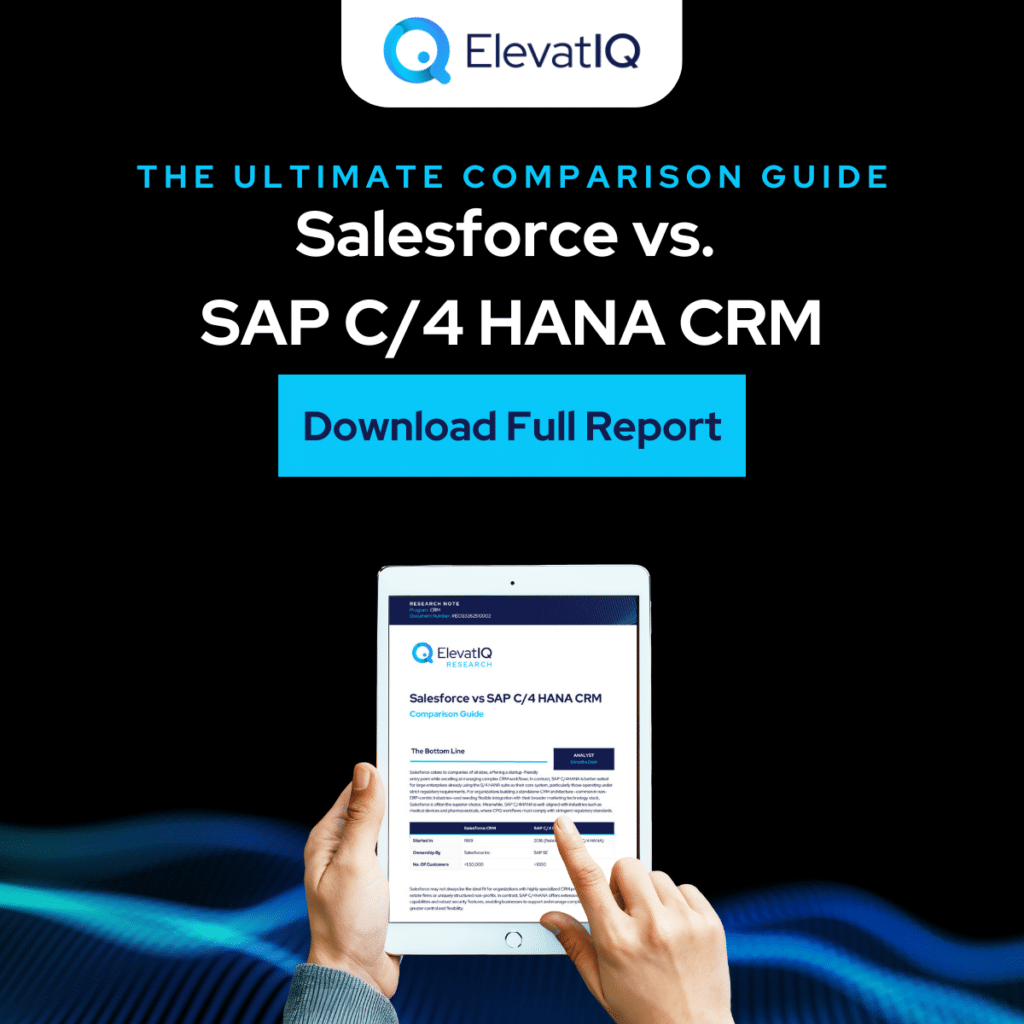
Collaborative Framework Integration
The solution transforms category manager alignment processes through real-time collaboration features. SAP Ariba Category Management enables distributed teams to share insights, discuss strategies, and align objectives through a unified platform, reducing coordination time and improving strategic coherence.
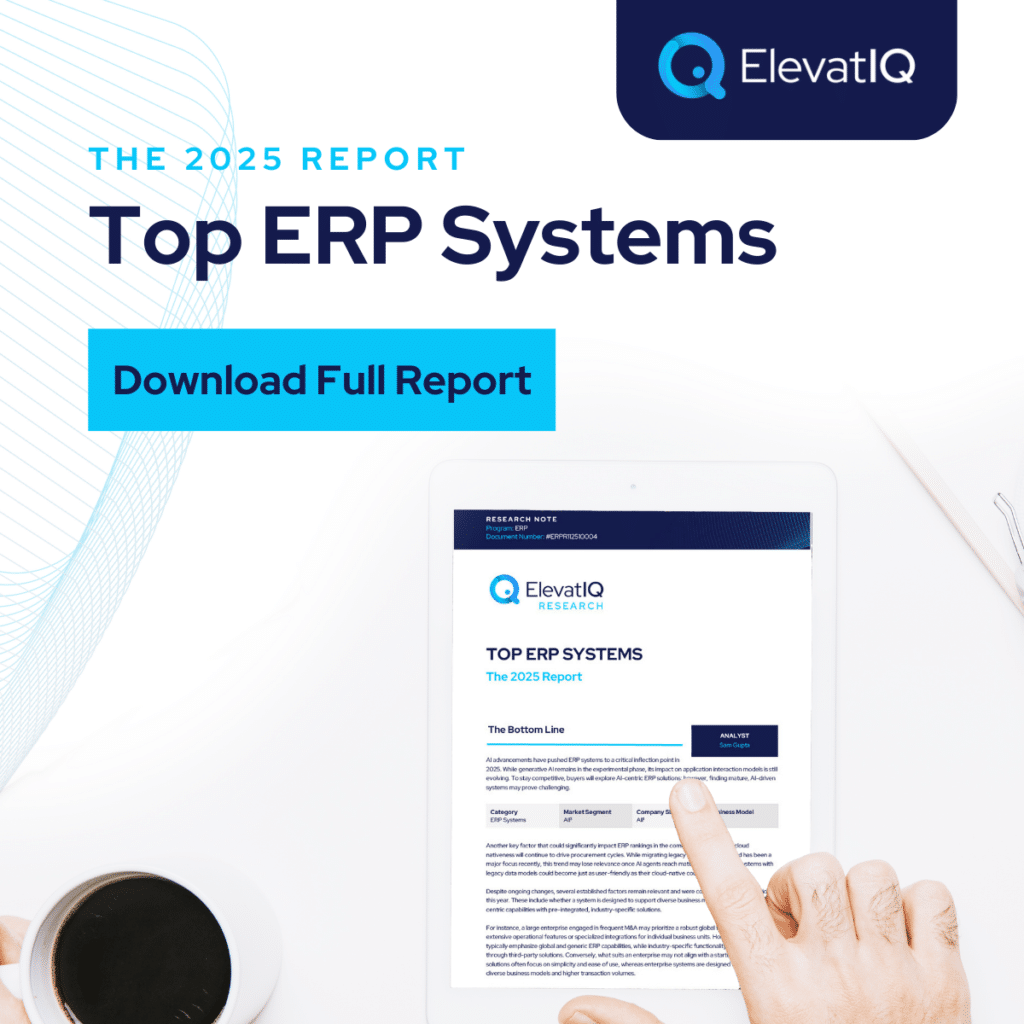
Practical Implementation Example
SAP demonstrated the solution’s application through an IT hardware cost scenario. When escalating costs are identified through SAP Spend Control Tower, SAP Ariba Category Management automatically imports relevant data and generates strategic analyses. The AI component suggests risk mitigation strategies, such as multi-sourcing approaches for high-value, high-risk categories.

Common Questions Buyers Are Asking
Q: How does AI integration affect existing procurement workflows?
SAP Ariba Category Management augments rather than replaces human expertise. The AI generates analytical frameworks that procurement professionals can refine with their experience and insights.
Q: What is the implementation timeline for strategy development?
According to SAP’s example, processes that traditionally required weeks can be completed within hours using the platform’s automated data import and collaborative features.
Q: How does the solution handle global team coordination?
SAP Ariba Category Management provides real-time collaboration capabilities, enabling team members across different regions to contribute insights and align on strategic objectives through a centralized platform.
Q: What types of analytical frameworks are supported?
The solution generates Kraljic matrices and Porter’s Five Forces analyses using AI, which users can then customize based on their specific requirements and market knowledge.
Analyst’s Take on This Development
Customer Requirements Analysis
Merit: SAP Ariba Category Management addresses genuine market needs for faster, more collaborative procurement planning. The AI-enhanced analytical capabilities can significantly reduce manual effort in generating strategic frameworks.
Demerit: Organizations may face challenges in change management as teams transition from familiar spreadsheet-based processes to platform-based workflows. The effectiveness depends heavily on user adoption and data quality.
Impact on IT Executives
CIOs benefit from SAP Ariba Category Management through improved procurement technology integration and reduced manual process dependencies. The platform’s centralized approach aligns with digital transformation initiatives, though it requires investment in user training and system integration capabilities. The solution potentially reduces IT support requirements for procurement teams while increasing demand for data governance and platform management resources.
Impact on Finance Executives
CFOs gain enhanced visibility into procurement strategy development and execution timelines. SAP Ariba Category Management provides audit trails and collaborative documentation that improve financial oversight of procurement decisions. The accelerated planning cycles can contribute to faster realization of cost savings initiatives, though CFOs must evaluate the total cost of ownership including licensing, implementation, and ongoing maintenance expenses.
Future Predictions
The integration of AI in procurement planning represents a broader industry shift toward intelligent automation. SAP Ariba Category Management positions organizations for advanced analytics capabilities as AI technology continues evolving. Market adoption will likely depend on demonstrated ROI in pilot implementations and successful integration with existing procurement technology stacks.
Industry Trends Analysis
The procurement software market is experiencing consolidation around platforms that combine spend analysis, strategic planning, and sourcing execution. SAP Ariba reflects this trend by positioning itself within SAP’s comprehensive procurement suite. Organizations are increasingly seeking solutions that balance automation capabilities with human expertise retention, which aligns with the platform’s augmentation rather than replacement approach.
Key Stakeholder Statements
Sudy Bharadwaj, Global Vice President of Strategic Engagements for SAP Finance and Spend, emphasized the transformative potential: “Think of it as your procurement superpower. It can give you the insights to make better decisions, faster.” The announcement positions procurement teams to “respond swiftly to market changes, align more closely with organizational goals, and drive sustainable value creation,” according to the company’s strategic vision outlined in the release.
